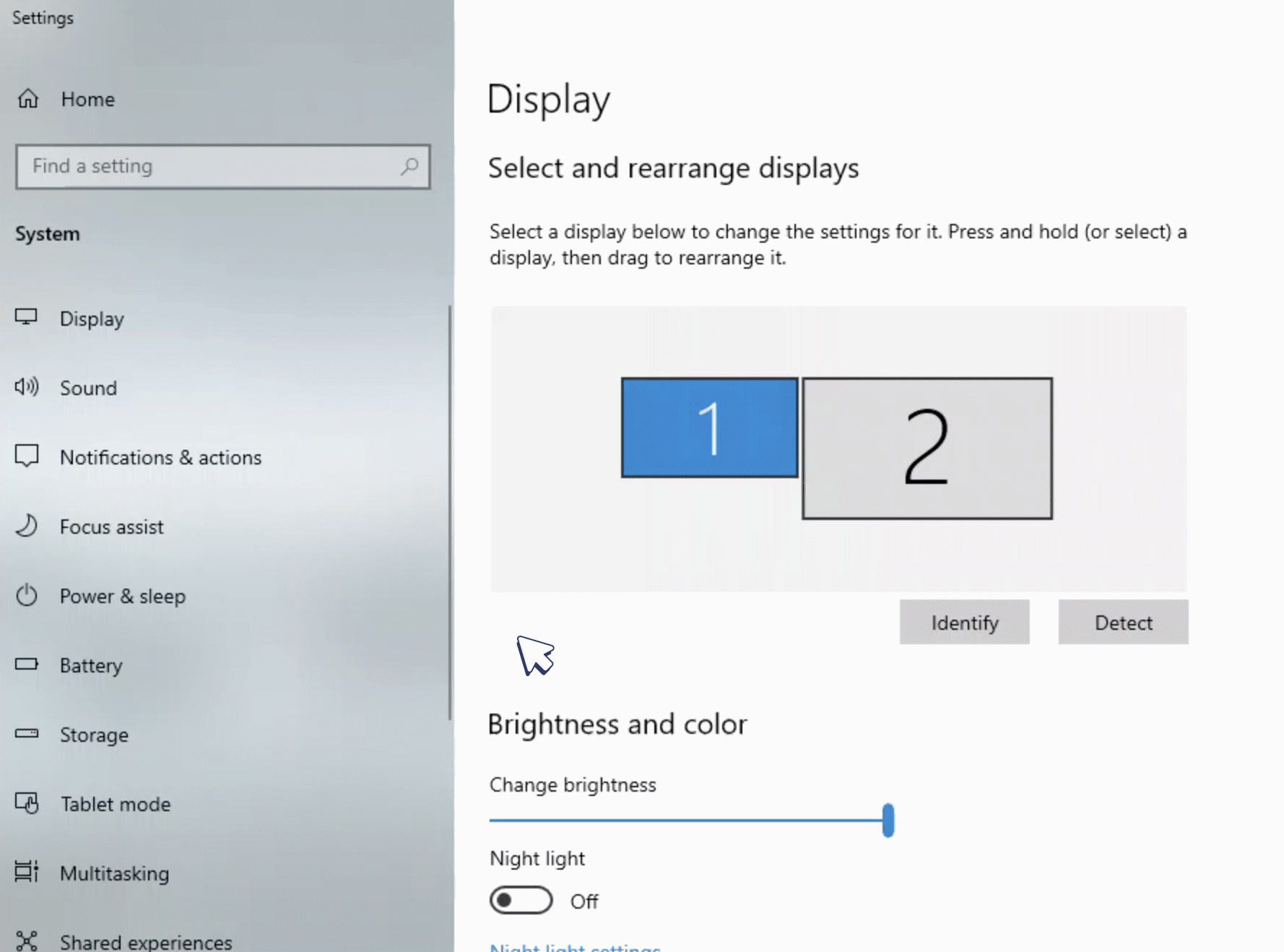
When you've been working on your computer for a long time, the screen brightness can make your eyes hurt. The colors and brightness on websites strain my eyes In Microsoft Edge, the colors look too bright


In the Microsoft 365 apps, the ribbon and background colors are too light In Microsoft Teams, I need a darker background to reduce glare In Microsoft Teams meetings, the busy background makes it difficult for me to see participants' faces I can't see the details on the Taskbar, Start menu, or Action Center How can I invert the colors on my screen to protect my eyes? The text and details look blurry on my screen
#Office 365 display settings color windows
I want only Windows to use dark colors, not the apps I'm colorblind and want to adjust the colors on my screen I want to turn my mostly white screen into a mostly black one
#Office 365 display settings color how to
You'll also learn how to modify the colors and contrast in Microsoft 365 apps to make them more accessible. Learn how to change color and contrast on your computer to make things easier to see and read on the screen. You'll learn what to do, for example, if your screen is too bright, the mouse pointer seems to disappear against the background, or if the items on your screen look blurry. Whenever you change the color and contrast options, check the apps and features you use the most to see how they look with the new settings. Note that some of the color and contrast options affect everything on your screen, some affect only the Microsoft 365 apps or only one app. Don't worry, you can always go back to the original color and contrast settings if you don't like how things look on your screen. We're all different, and that's why experimenting is the most important step in finding the best color and contrast options for you.

Next, read through this article and figure out which of the tips and tricks you should try out first. Do you write and read emails or documents, enter and analyze data on worksheets, attend online meetings, or search for info on the Internet? Maybe you edit photos or use a project or account management app? Do you need to see the tiniest details on your screen, identify shades of colors, or just make working on your computer more comfortable on your eyes? To find the color and contrast settings that work for you, first think about what you do on your computer most of the time and which apps you use during the day. How do I find the best color and contrast settings for me? Is it difficult to identify text in a document or details on a worksheet? Does your screen look so bright that it hurts your eyes and everything on it gets lost in the white background? In this article, you'll find tips and tricks on how to experiment with the color options on your computer and in the Microsoft 365 apps to make it easier and more comfortable for you to see the things on your screen. You'll also find instructions on how to change to a high contrast theme to reduce the white background color on the screen.


 0 kommentar(er)
0 kommentar(er)
